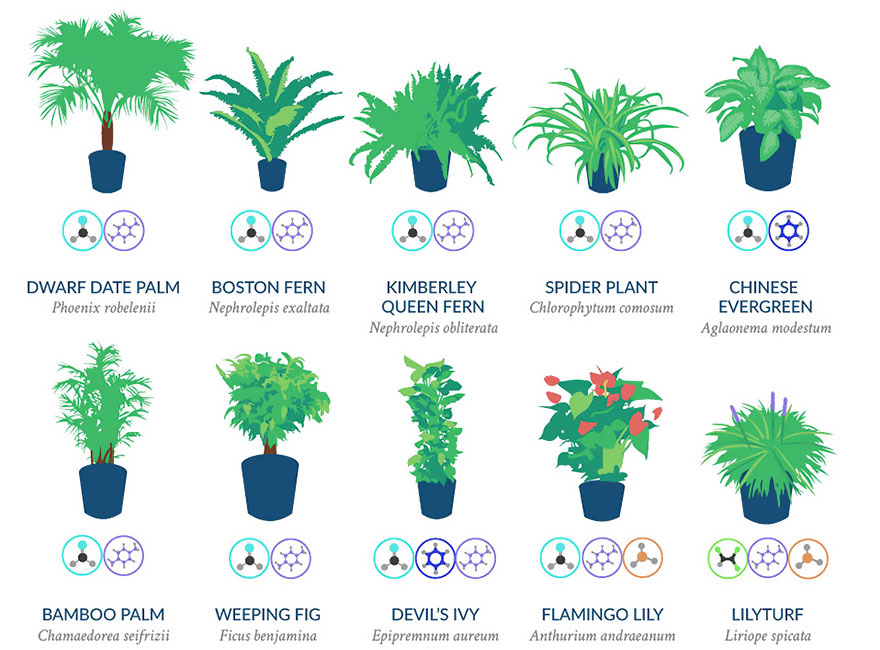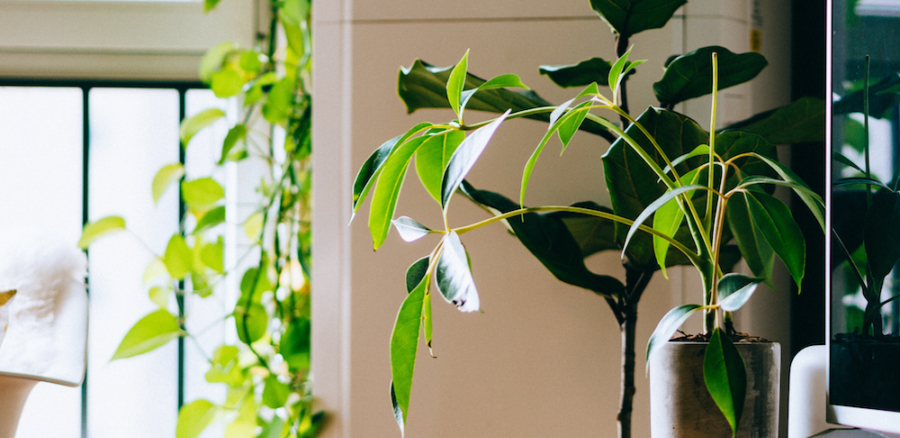A healthy home and office environment are vital to a person’s well-being. Plastics, construction materials, carpets, furniture, and even clothing contain environmental toxins that are being released into the air we breathe over time. This phenomenon is called “outgassing”, also known as “off-gassing”, and is a contributing cause of “sick building syndrome”. As we breathe these toxins, they can increase susceptibility to illness, trigger allergies, and cause headaches and dizziness, among other conditions. However, there is a relatively simple and pleasant way to offset outgassed pollutants in your home or office.
The NASA Clean Air Study was led by the National Aeronautics and Space Administration (NASA) in partnership with the Associated Landscape Contractors of America (ALCA). The results of the study show that certain common indoor plants may provide a natural way of removing toxic agents from the air, helping neutralize the effects of sick building syndrome. Interestingly, most of the plants on the list evolved in tropical or subtropical climates with thick tree canopies, making them uniquely effective at photosynthesizing in conditions of low sunlight, such as indoor environments.
The first phase of the study was published in 1989 and was conducted to find sustainable and effective ways to clean air in space stations. While plants are known to absorb carbon dioxide and release oxygen, NASA was able to identify a list of plants capable of eliminating significant amounts of other potentially toxic chemicals such as benzene, formaldehyde, and trichloroethylene. Researchers determined that the most efficient spacing is one plant per 100 square feet, but the more plants, the better.
Although the research is old, it is still considered the most comprehensive and accurate to date.
PLEASE NOTE: Several of these plants are known to be toxic to pets, so please check for toxicity before introducing them to your home.
Check out the infographic below to learn more:





